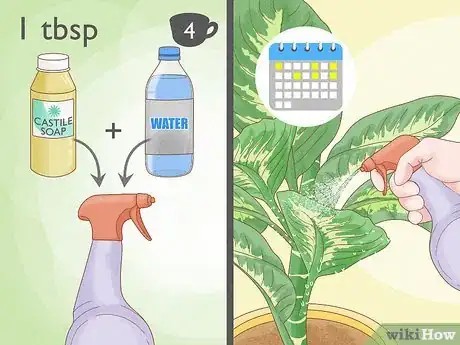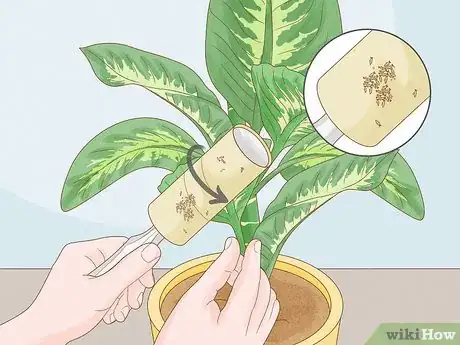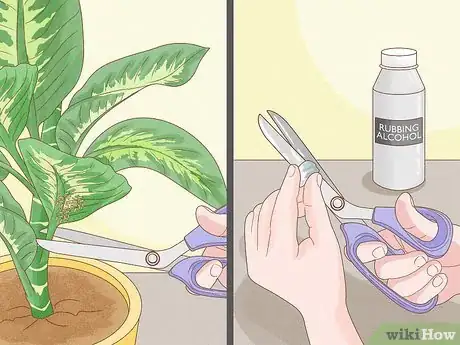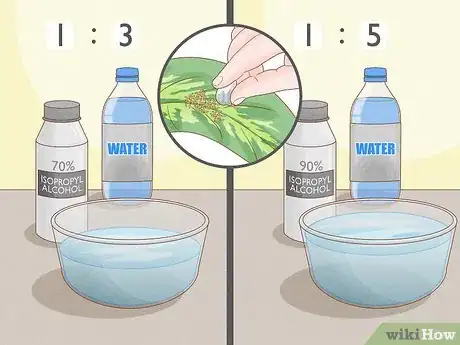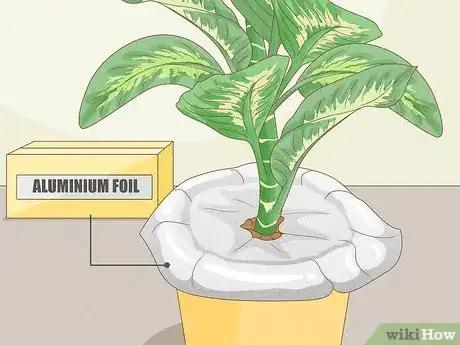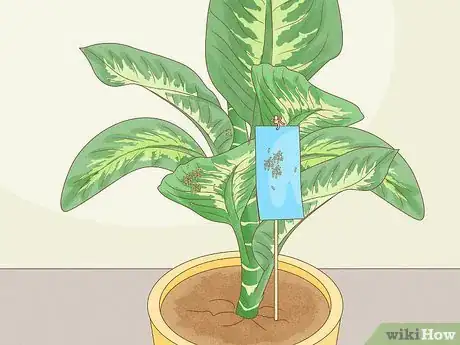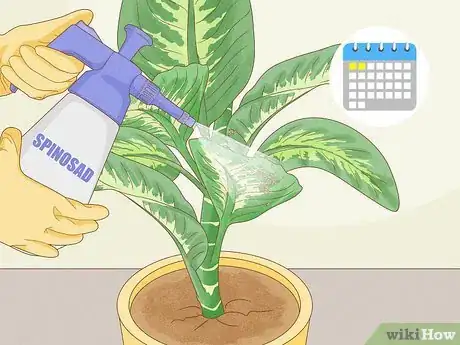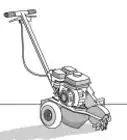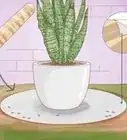This article was co-authored by Elmer Bensinger and by wikiHow staff writer, Jessica Gibson. Elmer Bensinger is a Pest Control Specialist with Eden Advanced Pest Technologies in Spokane, Washington. With over 20 years of experience, Elmer specializes in integrated pest management and products such as insecticides and rodenticides. He studied business at South Puget Sound Community College.
There are 11 references cited in this article, which can be found at the bottom of the page.
This article has been viewed 14,385 times.
It's so frustrating when your healthy plants suddenly take a turn for the worse. If you've inspected the leaves, stems, or soil, and found tiny slender insects, you're probably dealing with thrips. They're a serious pest since they feed on the tissue of the plant, preventing it from getting nutrients. Fortunately, you can get rid of them without harmful chemicals. Read on for natural, effective solutions.
Steps
Blast the thrips off with water.
-
Use a garden hose to spray both sides of the leaves and the stems. The force of the water alone should knock tiny thrips from the plant. Repeat this 3 times a day and spray them every couple of days until you notice the thrips are gone.[1] X Trustworthy Source Missouri Botanical Garden Oldest botanical garden in the U.S. and center for botanical research and science education Go to source
- If you're trying to thrips off of your houseplants, you can place them in the tub when you spray them to contain some of the mess.
Coat the plant with soap spray.
-
Mix 1 US tbsp (15 ml) of soap with 4 c (950 ml) of water in a spray bottle. Use a liquid soap like Castile soap and spray the mixture on the leaves, stems, and soil every 3 days for 2 weeks. This will break down the thrips' exoskeletons.[2] X Research source
- Choose liquid soap that doesn't have additives like fragrance, moisturizer, or chemicals. Avoid dishwashing liquid since these can have harsh ingredients that will damage your plants.
Try mixing neem oil into the soapy water.
-
Mix neem oil with soapy water to dry out and kill thrips. If the soapy water alone doesn't seem to get rid of the infestation, add 1 teaspoon (4.9 ml) of neem oil to the soapy solution and shake it really well. Spray it onto both sides of the leaves, the stems, and the soil. It works by dehydrating the thrips so they die.[3] X Research source
- Neem oil is a vegetable oil that comes from the neem tree. You can buy it at most hardware stores, plant supply stores, grocery stores, or online.
- Check the plants and reapply the neem oil every other week if you continue to see thrips.
Press a lint roller across the leaves.
-
Sticky lint rollers will pick up thrips as well as their eggs. Support a leaf by holding it in the palm of your hand and gently roll the lint roller across the leaf. Then, carefully roll it along the bottom of the leaf, too.[4] X Research source
- Tear off the piece of the lint roller that you used and throw it away in your outside trash so there's no chance that the thrips will get out and get onto your houseplants.
Prune back infested plants.
-
If the thrips aren't responding to water or soap, it's time to prune. Use sterilized scissors to cut off infested leaves, branches, and stems. If the plant is heavily infested, you might have to prune a lot. While this might seem tough to do, remember, the infested leaves won't heal so it's better to get the plant healthy by removing them.[5] X Research source
- Don't stick the cuttings and plant waste in your compost heap since it doesn't generate enough heat to kill the thrips.
Make an essential oil spray.
-
Orange and cinnamon essential oils are effective at protecting your plants. Mix up a simple solution of about 1 cup (240 ml) of water with 2 drops of cinnamon oil and 2 drops of orange oil. Then, spray it on both sides of the leaves, the stems, and the soil. You can do this once a week till the thrips are gone.[6] X Research source
- You can buy natural cinnamon and orange pesticides at most plant supply stores or online if you don't want to make it yourself. Read the manufacturer's instructions about how often to reapply the product.
Try diluted isopropyl alcohol on the leaves.
-
Dip a cotton ball in the diluted mixture to dissolve the thrips' exoskeletons. Pour some isopropyl alcohol into a dish and dilute it with water. Then, dip a cotton ball in the solution and rub it onto the plant where you see the thrips. They'll dry up quickly and die. Don't forget to check the underside of the leaves, too.[7] X Research source
- To dilute 70% isopropyl alcohol, mix 3 parts water to 1 part alcohol. For 91% isopropyl alcohol, mix 5 parts water with 1 part water.
Lay aluminum foil on the soil.
-
The reflective surface can disorient the thrips so they don't land on the plant. If you're dealing with thrips on a potted plant, cut a piece of foil into a circular ring so it fits around the plant. If you're getting rid of thrips outside, you can lay down long sheets of foil and weigh down the edges with rocks so they don't blow away.[8] X Trustworthy Source Missouri Botanical Garden Oldest botanical garden in the U.S. and center for botanical research and science education Go to source
- Experiment with other reflective surfaces. You might find that cutting old CDs so you can place them around the bases of plants is really effective!
Hang blue sticky traps.
-
The blue traps attract adult thrips that can fly. Once they touch the trap, their wings get stuck and they won't be able to fly off. While this doesn't get rid of younger thrips, it can help you control the adult population.[9] X Research source
- Although you can put out yellow sticky traps, the blue ones seem to be more attractive to the thrips.
Release natural predators.
-
Pirate bugs and lacewings prey on thrips. You can buy these at some plant supply stores and release them onto your plants, or simply leave the insects if you spot them in your yard.[10] X Research source
- To encourage other insects that may eat thrips, grow a wide range of plants. This way, you're more likely to see insects like ladybugs and predatory mites.
Spray spinosad to deal with a difficult infestation.
-
Spinosad is naturally made by soil bacteria and it's toxic to thrips. You can buy garden-safe spinosad at most plant supply stores or online. In general, spray it anywhere you see thrips, but always follow the manufacturer's instructions about how often to reapply the product.[11] X Trustworthy Source National Pesticide Information Center Organization run by Oregon State University providing objective, science-based information about pests and pesticides Go to source
- Spinosad works by paralyzing the thrips' nervous system so they usually die within 1 to 2 days.
- Although spinosad is safe to use, it is mildly toxic so avoid getting it on your skin or in your eyes.
- Usually, pest problems occur if the conditions are conducive to the growth of pests.[12] X Research source
- One pest problem can lead to another. For example, if you do not get rid of a bird problem, you may have to deal with carpet beetles that feed on feathers.
- You should make strong sanitation efforts to keep your yard and home free from pests.[13] X Research source
You Might Also Like
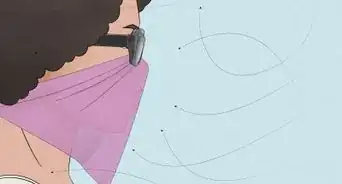 How to Drive Away Gnats for Good: Easy DIY Methods
How to Drive Away Gnats for Good: Easy DIY Methods
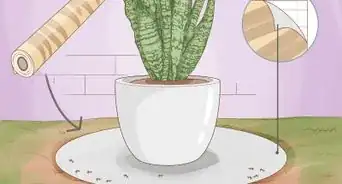 How to Get Rid of Ant Nests in Potted Plants
How to Get Rid of Ant Nests in Potted Plants
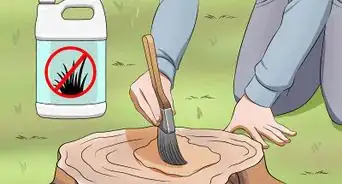

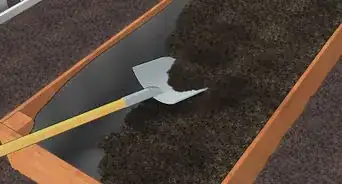
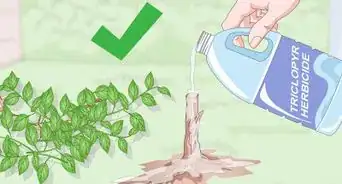
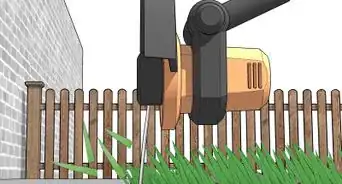
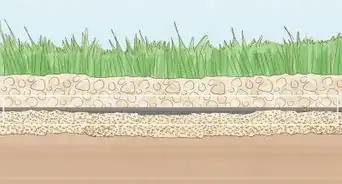

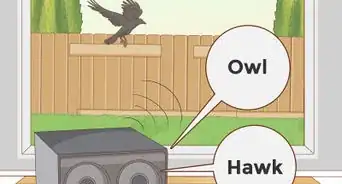
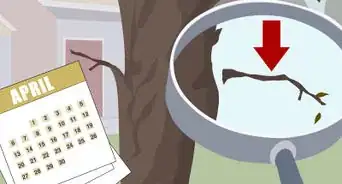
References
- ↑ https://www.missouribotanicalgarden.org/gardens-gardening/your-garden/help-for-the-home-gardener/advice-tips-resources/pests-and-problems/insects/thrips/thrips-outdoors.aspx
- ↑ https://www.hortmag.com/weekly-tips/mix-your-own-insecticidal-soap-for-garden-pests
- ↑ https://youtu.be/PrEw-ACwbe0?t=578
- ↑ https://youtu.be/R9ceHHLL9kE?t=1321
- ↑ http://ipm.ucanr.edu/PMG/PESTNOTES/pn7429.html
- ↑ https://www.researchgate.net/publication/313592215_Effect_of_Orange_and_Cinnamon_Oil_on_the_Occurrence_and_Harmfulness_of_Thrips_tabaci_Lind_on_Onion_-_Preliminary_Results
- ↑ https://youtu.be/0n764ei_26w?t=197
- ↑ https://www.missouribotanicalgarden.org/gardens-gardening/your-garden/help-for-the-home-gardener/advice-tips-resources/pests-and-problems/insects/thrips/thrips-outdoors.aspx
- ↑ https://content.ces.ncsu.edu/insects-found-on-yellow-sticky-traps-in-the-greenhouse
- ↑ https://biocontrol.ucr.edu/avocado-thrips#Natural%20Enemies%20of%20Thrips%20in%20California
- ↑ http://npic.orst.edu/factsheets/spinosadgen.html#
- ↑ https://www.mgk.com/the-most-important-part-of-a-successful-pest-management-protocol-the-inspection-blog/
- ↑ https://www.mgk.com/the-most-important-part-of-a-successful-pest-management-protocol-the-inspection-blog/
About This Article


